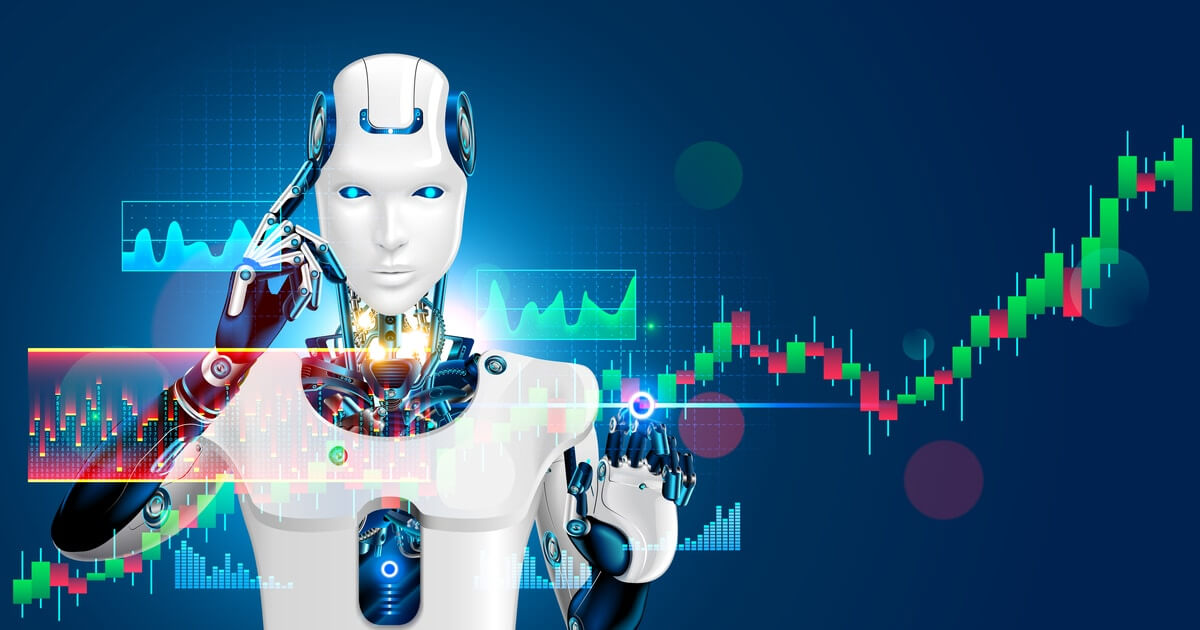Google DeepMind’s Advanced Embedding Model Transforms Geospatial AI with Multi-Modal Data Analysis

According to Google DeepMind, their new AI model leverages sophisticated embeddings—unique numerical identifiers—to learn and differentiate global geographic features by analyzing multi-modal data such as optical, radar, and 3D inputs (source: Google DeepMind, July 30, 2025). This approach enables precise identification of environmental characteristics, like distinguishing sandy beaches from deserts, and represents a major advancement in geospatial AI applications. The practical implications include enhanced land use mapping, disaster response, and environmental monitoring, unlocking significant business opportunities for industries reliant on accurate geospatial intelligence.
SourceAnalysis
From a business perspective, Google DeepMind's embedding-based model opens up significant market opportunities in sectors like agriculture, insurance, and logistics. Companies can monetize this technology by integrating it into platforms for precision farming, where AI analyzes soil and terrain features to optimize crop yields. According to a 2023 McKinsey report, AI-driven geospatial insights could add up to 15 trillion dollars to the global economy by 2030, with agriculture alone benefiting from 500 billion dollars in value. Businesses face implementation challenges such as data privacy concerns and the high computational costs of processing multimodal data, but solutions like cloud-based AI services from Google Cloud offer scalable remedies. For monetization, subscription models for AI analytics dashboards could generate recurring revenue, as demonstrated by competitors like Maxar Technologies, which reported a 10 percent revenue growth in 2022 from geospatial services. The competitive landscape includes key players like OpenAI and Microsoft, but DeepMind's focus on embeddings provides a unique edge in feature differentiation. Regulatory considerations are crucial, with the EU's AI Act of 2023 mandating transparency in high-risk AI applications like environmental monitoring, requiring businesses to ensure compliance through audited algorithms. Ethically, best practices involve mitigating biases in training data, such as overrepresenting certain terrains, to promote equitable outcomes. Market trends indicate a surge in AI for sustainability, with venture capital investments in geospatial tech reaching 2.5 billion dollars in 2022, per PitchBook data. This model's direct impact on industries includes enabling insurers to assess flood risks more accurately, potentially reducing claims by 20 percent as per a 2021 Deloitte study. Overall, businesses can capitalize on this by partnering with DeepMind for customized solutions, turning planetary data into actionable intelligence.
Technically, the model relies on embeddings that transform raw data into dense vector representations, allowing for efficient similarity searches and pattern recognition across optical, radar, and 3D modalities. Implementation considerations include the need for robust hardware, such as GPUs for training on petabyte-scale datasets, with challenges like data fusion addressed through techniques like attention mechanisms, as explored in a 2022 NeurIPS paper on multimodal learning. Future outlook predicts widespread adoption by 2025, with predictions from Gartner in 2023 suggesting that 75 percent of enterprises will use AI for geospatial analysis. Ethical implications emphasize responsible AI, advocating for open-source components to foster collaboration, while regulatory compliance involves adhering to standards like ISO 19157 for geospatial data quality. Looking ahead, this could evolve into real-time planetary monitoring systems, impacting global challenges like deforestation tracking, where AI has already reduced detection times by 40 percent in Amazon initiatives reported in 2021 by the World Wildlife Fund.
Google DeepMind
@GoogleDeepMindWe’re a team of scientists, engineers, ethicists and more, committed to solving intelligence, to advance science and benefit humanity.
.jpg)
